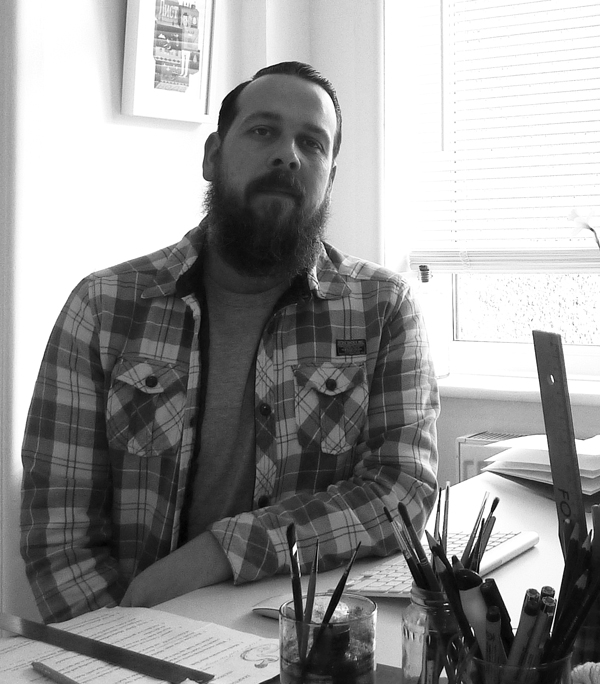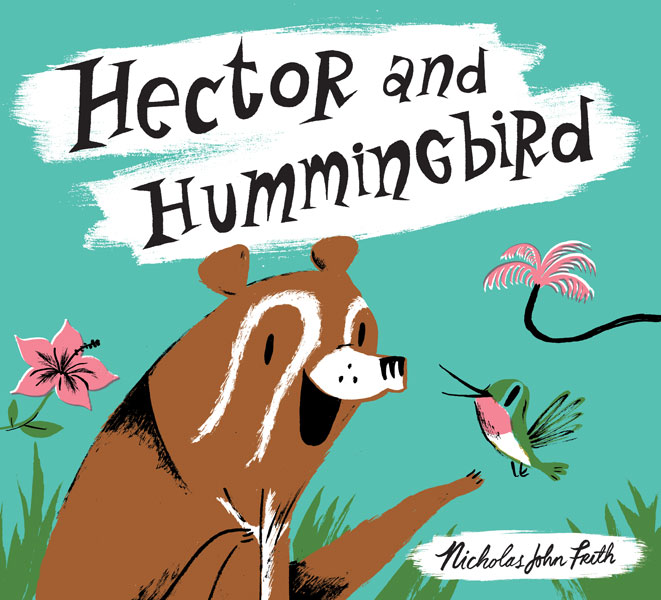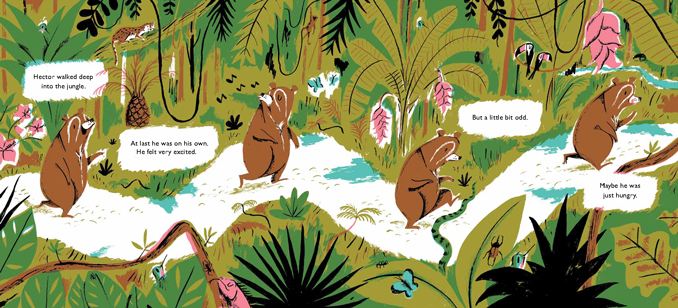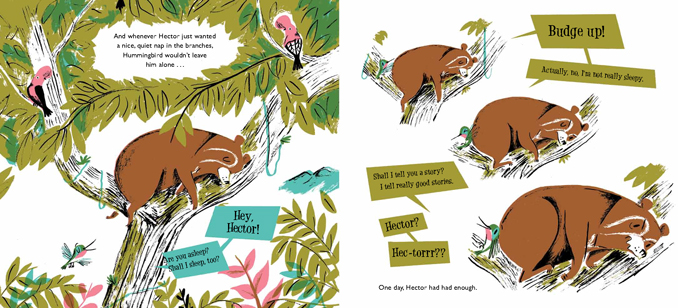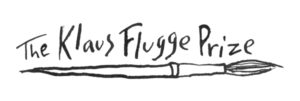
Nicholas John Frith, illustrator of Hector and Hummingbird
You went to art college and studied for a degree in animation, but there’s a long gap on your CV between studying and becoming an illustrator. What happened?
I always knew as a kid I wanted to do art or animation of some kind but when I got to a certain age there was nothing really pointing me in that direction, so I ended up working in restaurants, waiting tables for about 13 years, though I went backpacking and got to see the world too.
What was it that finally made you become an illustrator?
I think it was age and responsibility and life circumstances! I got to a stage (mid-thirties) and thought I should really make an effort either in illustration or by opening a café. I thought I’ll give illustration a go and if it doesn’t really work out after a year or so then I’ll try something else. It was a now or never ultimatum to myself really to follow my dreams and imagination.
I decided I needed to properly fall in love with illustration again so I started with the very basics. I started drawing more, then started printmaking - I taught myself screen-printing - then began selling the prints. The more work I did, the more interest I got, and about four years ago I started picking up freelance illustration work and then met Zoe Tucker, the art director at Alison Green Books. She’d seen my work at 2 or 3 places over the same weekend and I think it was a case of being in right place at the right time.
Your style is sometimes described as retro, how do you feel about that?
The word retro slightly grates with me though I completely understand where people are coming from. I remember working on a project - a food book in fact, and the biggest project I’d had when I did it - and the author told me that when he saw my artwork it had a feeling of nostalgia but felt current as well and that stayed with me, that’s what I’m after. I’m definitely inspired by mid-century illustrators and I’m quite a nostalgic person anyway and that was the feeling I wanted to put in my work – so nostalgia as opposed to retro.
Tell us about the techniques you used creating Hector and Hummingbird
I use the techniques I learned in screen printing in a lot of my work. I would do each colour separately - so if something was in black and pink on one piece of paper I would have black artwork and on another piece of paper I would have the pink artwork - and then put them together. With Hector and Hummingbird I used a very limited palette and in fact my publisher was quite concerned it would be too limited, so I ended up using a method which was popular in mid-century art, where you layer up the different colours. Preseparated artwork was new for me, but a lot of illustrators I admire including Dahlov Ipcar and Roger Duvoisin used it and it suits that nostalgic feel I like to create. Creating Hector and Hummingbird was a voyage of discovery for me.
Where did you get the inspiration for the story of Hector and Hummingbird?
Alison (Green), Zoe and I were throwing around ideas and thinking about characters, and I was talking about how my wife would come home from work where she’d been surrounded by people all day, wanting a bit of peace and quiet, but of course I’d been at home all day working in solitude, and as soon as she walked in my mouth would be going ten to the dozen. It’s not a particularly original idea in some regards, but it came from a personal place, and it’s something children and adults can relate to. I took a trip to the Natural History Museum in Tring too – saw a spectacled bear, and the hummingbirds, realised they both came from Peru, and it all clicked. (Though in fact I’d said I didn’t want to do a book with bears because there are so many books with bears and I was tired of drawing them!)
Do you have a favourite image or spread from the book?
Hmmm, it’s probably the second to last spread, dawn in the jungle with all the animals creeping around. The colours came together on the page just as I’d imagined in my head and I feel a real sense of accomplishment with this illustration.
Hector and Hummingbird is published by Alison Green Books, £6.99 paperback
Thanks to Klaus Flugge Prize judge Andrea Reece for posing the questions.
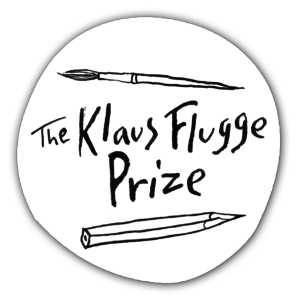
The Klaus Flugge Prize is funded personally by Klaus Flugge and run independently of Andersen Press.
Website maintenance & Copyright © 2024 Andersen Press. All Rights Reserved. Privacy & Cookie Policy.
